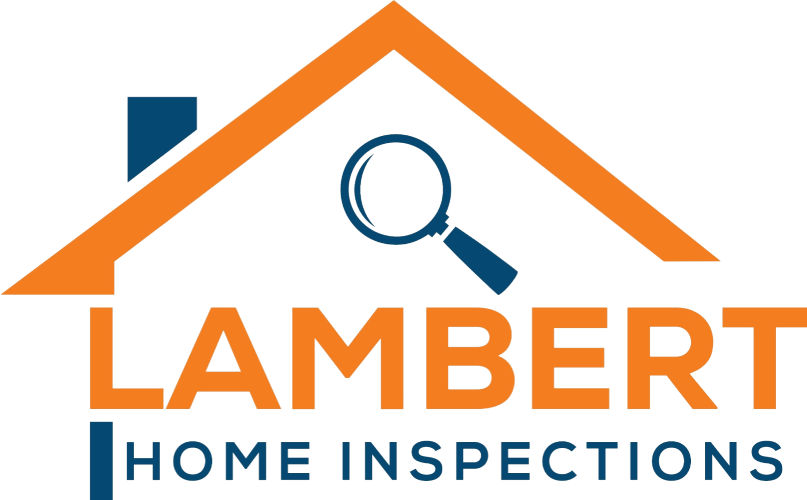You may not spend much time thinking about radon in your home and how it could affect the health of your family. However, radon is a serious threat to health. Most people who have high levels of radon in their home have no idea there is a problem. With proper testing, you can be sure your home’s air is safe. Here is what you need to know about radon.
What Is Radon?
Radon is a colorless, odorless radioactive gas. It’s created by the decay of uranium, which is found in soil and rocks everywhere.
It seeps up through the soil and gets trapped in homes. Modern, energy efficient homes are particularly good at holding onto and concentrating radon.
The Environmental Protection Agency has a map that shows where radon levels are found to be highest, but high levels can be found anywhere in the U.S. 1 in 15 homes have high levels of radon.
It’s important to know what the levels are in your home because radon is a Group 1 carcinogen, the most dangerous designation there is. In fact, it is the source of 37% of all radiation exposure in the U.S. Radon is the #1 cause of lung cancer in people who are non-smokers. People who do smoke and are exposed to radon also have much higher rates of lung cancer than smokers who are not exposed.
How Do I Know?
There is simply no way to know if your home has elevated radon levels without testing. Even if your neighbor’s house has been tested and found to have low levels, that does not guarantee yours does. Because it is such a pervasive, dangerous, and preventable problem, both the EPA and the U.S. Surgeon General recommend that everyone have their homes tested for radon. If your home has high levels of radon and you have a well, it is possible that your well water also has radon. Radon in water is not as dangerous as radon gas, but it is still carcinogenic, so have your well tested too.
Testing should be done if:
- Your home has never been tested
- You’re buying, selling, or building a home
- After major renovations
- If you begin using a lower level in your home, such as the basement
Radon levels are measured in picocuries per liter of air, or pCi/L. If levels are above 4pCi/L, the EPA recommends taking action to reduce radon levels, known as mitigation. The goal should be to get levels below 2pCi/L.
What Can I Do About Radon?
If you’ve had your home tested and found high levels, don’t panic. Mitigation can bring those levels down to safer ranges. Even better, the cost of mitigation is usually not that high, but roughly similar to other home improvement projects, between $800 and $1500.
Find a qualified radon-reduction contractor to evaluate your home and come up with a proposal to lower the levels. Steps might include:
- Sealing cracks and openings in the home’s foundation
- Installing a sub-slab suction system (Active systems, using a fan, are more effective than passive systems that rely on air currents)
- Sump-hole suction in basements with sump pumps
- Block-wall suction in homes with hollow block foundation walls
- In homes with a crawl space, placing a high-density plastic sheet over the soil and installing a sub-membrane suction system
If you are having a new home built, radon-resistant features can be built in. Not only will these measures help protect your family, they add value to your home. These steps include:
- 4-inch layer of gravel below the foundation to allow air circulation
- Plastic sheeting above the gravel to prevent gases from seeping into the house
- A vent pipe from the gravel layer to above the roofline
- Sealing all joints, cracks, and openings in the foundation floor
Radon may not be a problem you’ve ever worried about. With proper testing and mitigation (if needed), it doesn’t ever have to be something to worry about.
For your family’s health and peace of mind, have your home tested for radon, so you can all breathe easy. The highly qualified inspectors at Lambert Home Inspections are well versed in dealing with radon. If you live in Bristow, VA or the surrounding counties, contact us to see how we can help you.
Servicing Most Towns and Cities within VA
- Albemarle County
- Amelia County
- Arlington County
- Caroline County
- Charles City County
- Chesterfield County
- Clarke County
- Culpeper County
- Fairfax County
- Fluvanna County
- Fauquier County
- Frederick County
- Greene County
- Hanover County
- Henrico County
- King and Queen County
- King George County
- King William County
- Lancaster County
- Loudoun County
- Louisa County
- Madison County
- Middlesex County
- Northumberland County
- New Kent County
- Orange County
- Page County
- Prince William County
- Rappahannock County
- Richmond County
- Rockingham County
- Shenandoah County
- Spotsylvania County
- Stafford County
- Washington County
- Warren County
- West Moreland County
Servicing Most Towns and Cities within MD & WV
- Ann Arundel County
- Berkeley County
- Calvert County
- Charles County
- Frederick County
- Jefferson County
- Montgomery County
- Morgan County
- Prince George County
- St. Marys County
- Washington County
From Our Blog
Lambert Home Inspections
9087 Cottage Loop
Bristow, VA. 20136
(703) 468-8522
Office@LambertHomeInspections.com



